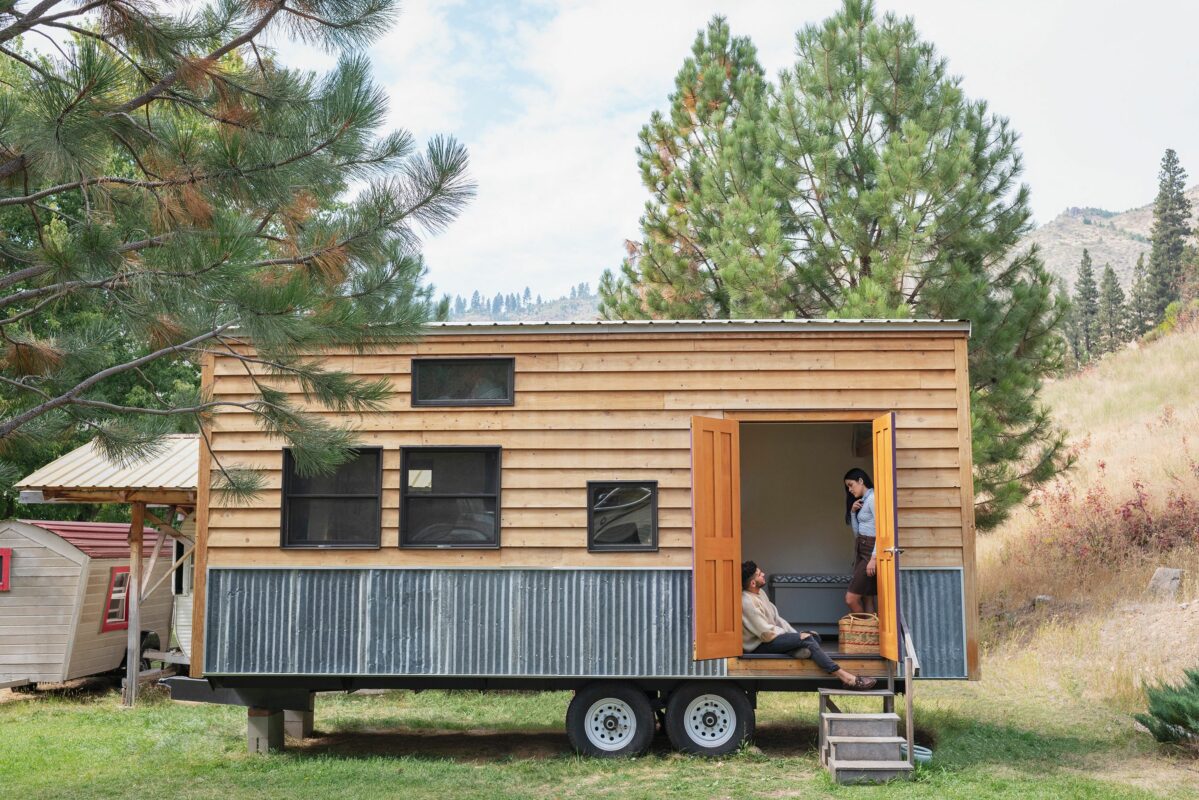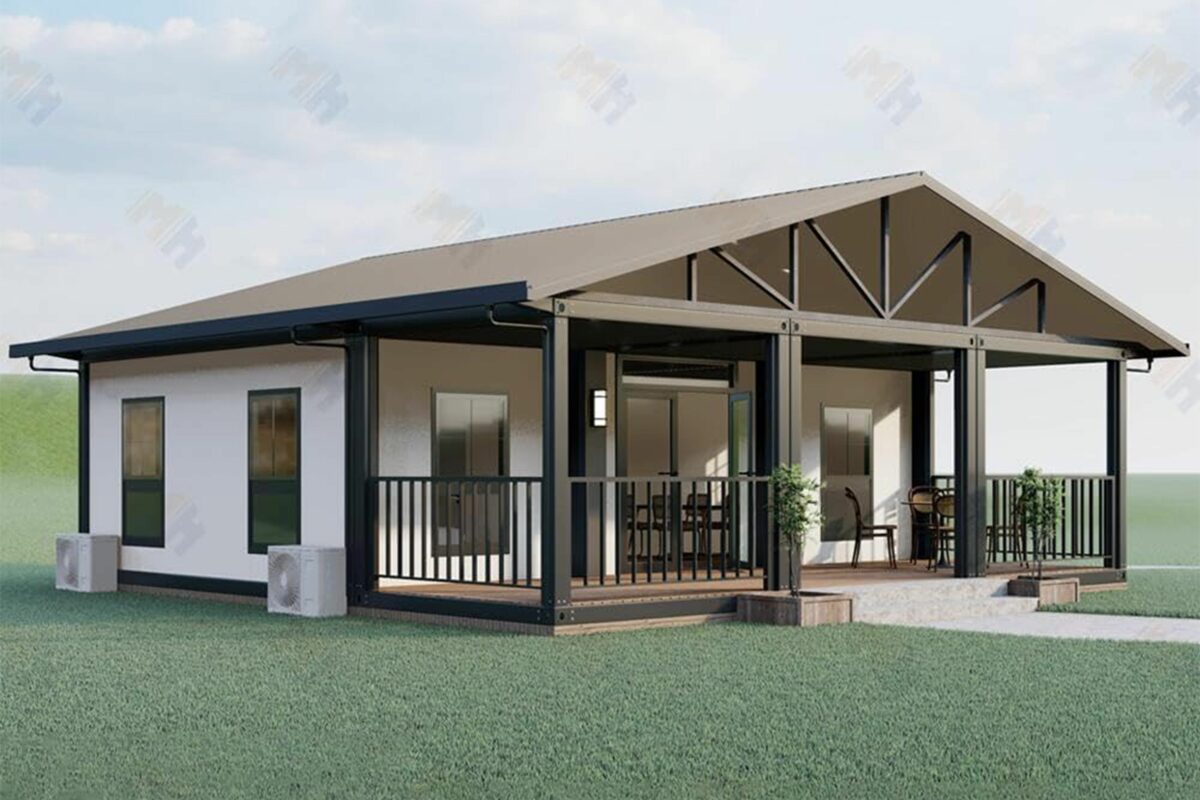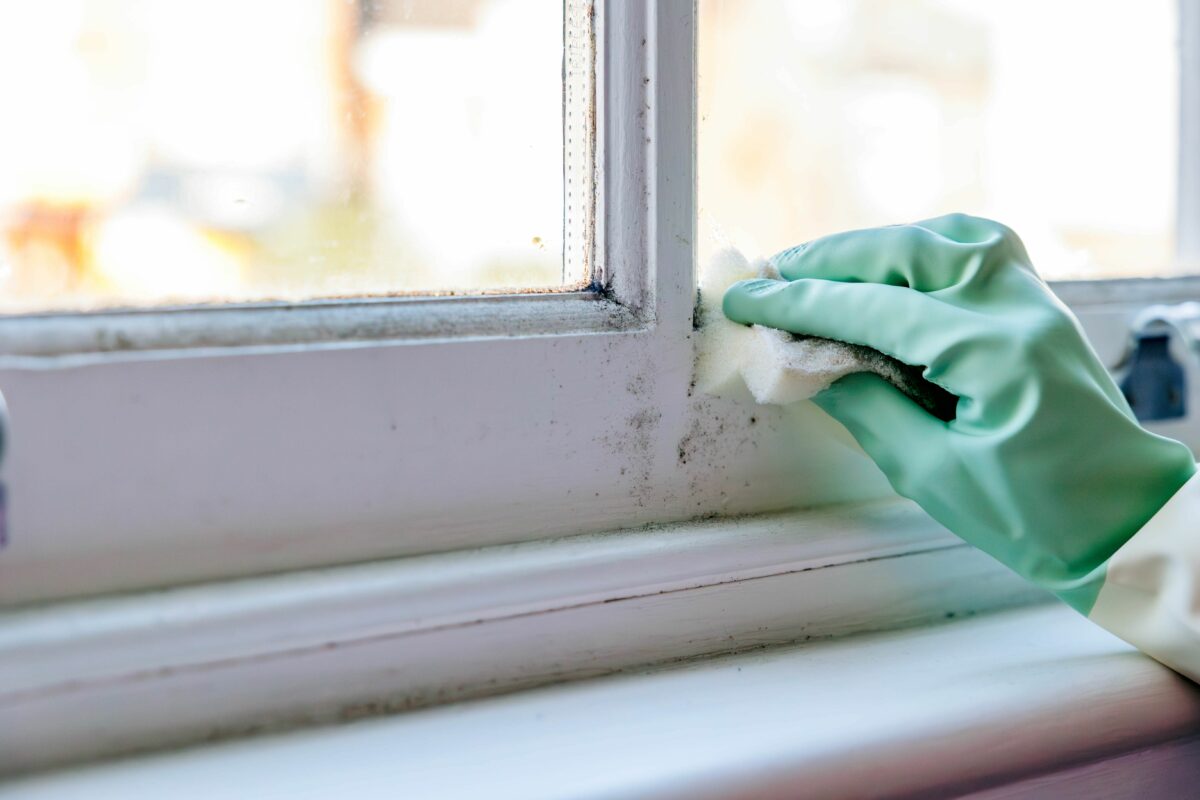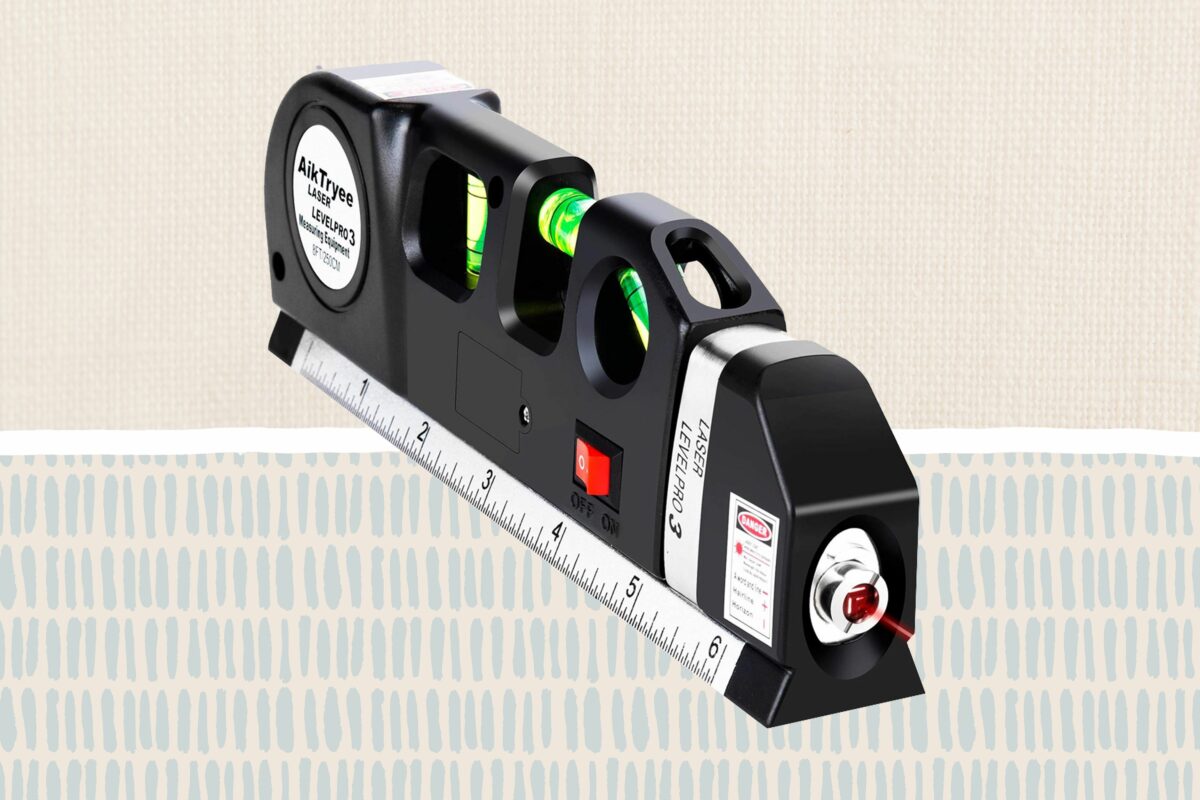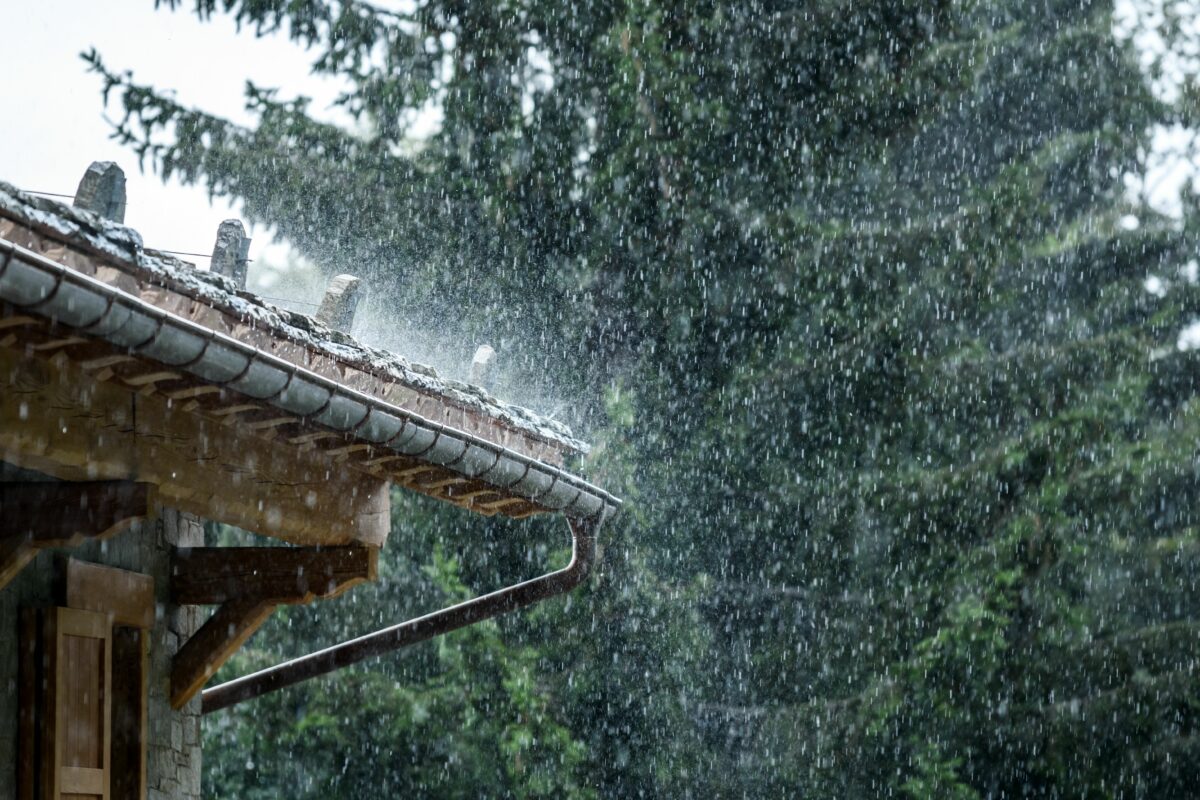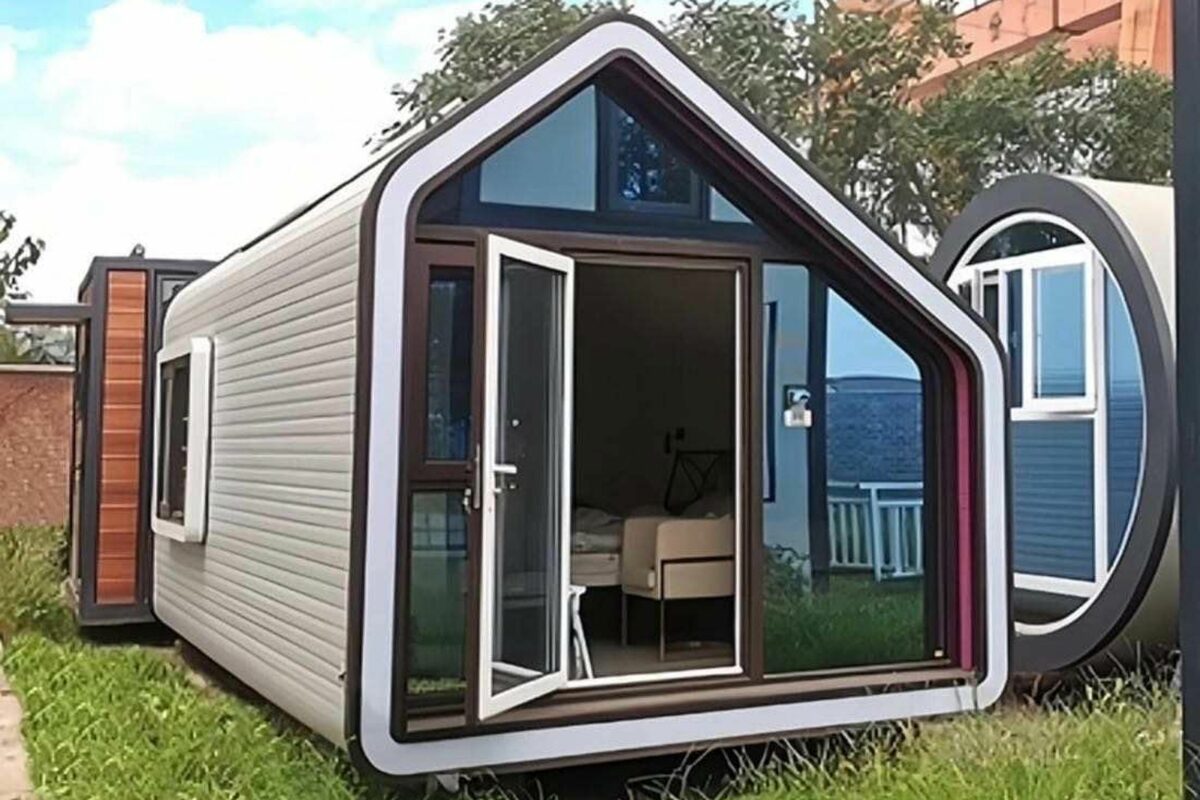No one can predict with certainty when a power outage will come on—or exactly how long it will be until the lights come back on. While these factors are out of your control, you can take steps to protect your property and your family until your local utility company restores your power.
To learn more about how to prep for a power outage, we talked to Clement Feng, vice president of marketing at Briggs and Stratton Energy Solutions, a company that produces standby generators. Ahead, he shares his best tips for what to do during the outage, how to mitigate potential damage, and a checklist to help you prepare when you suspect an outage is coming.
Steps to Take Before an Outage
While some outages come on out of nowhere, a storm is often the first warning sign of one that could be looming. If you suspect you might lose power, these are Feng’s top preparation tips.
1. Keep Your Devices Charged
Be proactive and charge your cellphone and laptop before the lights start to flicker. Keeping a few portable cell phone chargers loaded and ready to go is also helpful. Another way to preserve your phone’s battery is to keep a battery-operated radio on hand so you can stay up-to-date on news and weather updates.
2. Stock Up on Flashlights and Batteries
Your phone probably has a built-in flashlight, but turning on this feature can drain its precious battery. If you’ve become pretty dependent on your phone’s flashlight, you probably haven’t checked in on your flashlight and battery supply recently. It’s a good idea to move that item up on your to-do list. In terms of supplies, you can skip on the candles. We love a good candlelight glow, but Feng suggests using flashlights and battery-operated lights since they are more convenient and safer than lighting dozens of open flames.
3. Invest in a Standby or Automatic Generator
It may not be currently in your budget to buy a generator, but it’s a good idea to save up for one in some situations. This is especially true if you live in an extra storm-prone region. Feng also notes that generators are extremely helpful if you have medical equipment that runs on electricity or medications that you need to refrigerate. He always recommends that his customers check for federal, state, and utility company incentives to help save on the cost.
Generators typically run on gasoline or propane, so you’ll want to make sure you have some on hand. “Be sure you run the generator safely outdoors to prevent exhaust fumes from entering the house,” Feng warns.
4. Come Up With a Shelter Plan
A power outage that lasts for longer than a day presents extra logistical issues, especially if you’re dealing with less-than-ideal temperatures or if you work from home. It’s a good idea to have some places in mind where you can charge your phone or spend the night, such as a close friend or family member’s house. Knowing who to call ahead of time can save you some hassle when you’re trying to attend to other issues the outage causes.
What to Do During a Power Outage
When an outage happens, it’s important to stay calm so you can properly assess the situation and make necessary arrangements for your household. Follow these five steps to keep your home and family protected.
1. Find Out If Nearby Homes Have Power
The first step during an outage is to determine whether the outage is specific to just your home or whether your neighbors are also without power. If it’s dark outside, you can simply look out your window and assess whether you see any lights on nearby. Of course, calling your neighbors is an option, and some utility companies also publish reported outage maps.
In the case where all signs point to the outage being isolated to your home, there’s a good chance you just need to flip your home’s breaker switch.
2. Contact Your Utility Company
Don’t just assume your neighbors are going to be the ones to report an outage. Always contact your utility company promptly for the best chance at getting your lights back on quickly. This can also give you an idea of when to expect the power to come back on, as well.
3. Minimize Opening Your Fridge
Power outages always seem to strike the day after you’ve spent a ton on groceries. Keep the cold air inside your fridge for as long as possible, and only open your fridge and freezer when absolutely necessary. It’s a good idea to have plenty of shelf-stable food that can be prepared without electricity, especially if you live in an area that is prone to severe weather.
4. Unplug Electronic Devices
When your power does come back on, it can cause a power surge. A strong power surge can make appliances overheat, which may damage them or lead to a fire. To be on the safe side, unplug large electronic devices and other devices that are not plugged into a surge protector.
5. Protect Your Pipes
According to Feng, one of the most costly consequences of a power outage can be frozen pipes. “Power outages have the potential to cause significant damage to property, especially in the winter if pipes burst,” he notes. “Flooding can destroy flooring, furniture, equipment, and more.”
If it’s close to freezing during your outage, you’ll need to keep a close watch on your home’s pipes. Start by setting your faucets to a slow trickle if you still have water access. If your water comes from a well and your pump isn’t working, you might want to drain your pipes.





